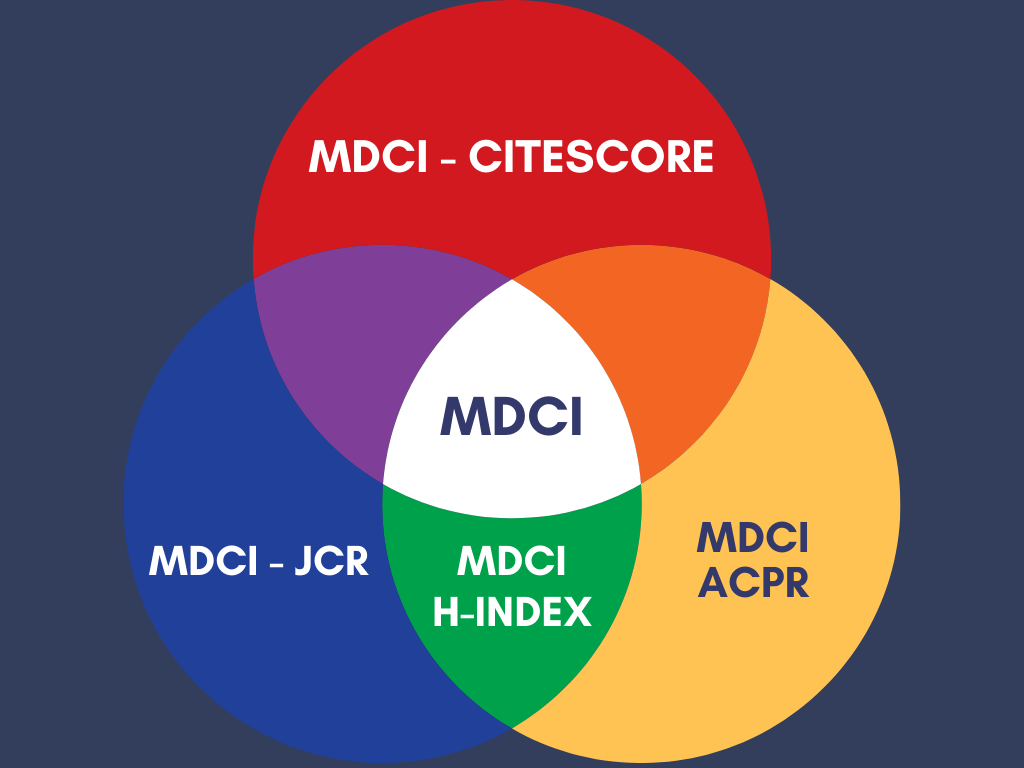Harmonizing Wellbeing Visions in the Power Sector: An Organizational Quest for Synergy"
DOI:
https://doi.org/10.55640/corr-1-1-2Keywords:
Wellbeing, Power Sector, Organizational Harmony, Employee Satisfaction, Wellbeing Strategies, PerceptionsAbstract
In the dynamic and often demanding landscape of the power sector, achieving and maintaining employee wellbeing is a critical endeavor. This study embarks on an exploration of organizational harmony by investigating the diverse perceptions of wellbeing within power sector entities. Through surveys, interviews, and analysis of corporate practices, we unveil the multiplicity of wellbeing visions and strategies employed across the sector. The research identifies areas of consensus and divergence, shedding light on the factors that contribute to or hinder organizational synergy in wellbeing initiatives. By understanding these dynamics, organizations can take informed steps to harmonize their approaches, foster employee satisfaction, and enhance overall performance.
References
33rd Annual Report (2008-2009) “North-Eastern Electric Power Corporation Limited” A Government of India Enterprise, Brookland Compound, Lower New Colony, Shillong-793003, Meghalaya.
Australian, State of the Service Report (2005-06) “Employee engagement, health and well-being”, (Available online at URL http://www.apsc.gov.au/__ data/assets/pdf_file/0017/3338/chapt2.pdf; assessed on 19th March 2014)
Aked, J; Marks, N; Cordon, C & Thompson, S. “Five Ways to Wellbeing”, (Available online at URL http://www.businessballs.com/freespecialresources/Five_Ways_to_Well-being-NEF.pdf; assessed on 18th March 2014)
Bevan, Stephen (April 2010) “The Business Case for Employees Health and Wellbeing”, Report prepared for Investors in People UK, (Available online at URLhttp://www.theworkfoundation.com/downloadpublication/report/245_245_iip270410.pdf; assessed on 24th March 2014)
Bakker, AB & Oerlemans, W.G.M (9th June 2010) “Subjective Well-Being in Organization”, (Available onlineatURLhttp://www.beanmanaged.com/doc/pdf/arnoldbakker/articles/articles_arnold_bakker_264.pd f, Accessed on 26th April 2013)
Central Electricity Authority (2011), “Monthly All India Installed Generation Capacity Report”, Government of India, Ministry of Power (Available OnlineatURLhttp://www.cea.nic.in/installed_capacity.html, accessed on 12th January, 2015)
CIPD (Charted Institute of Personnel and Development) “What’s happening with Well-Being at Work”, (Available online at URL http://www.mentalhealthpromotion.net/resources/wh at-happening-with-well-being-at-work.pdf
Diener, Ed & Chan, Micaela Y (2011) “Happy People Live Longer: Subjective Well-Being Contributes to Health and Longevity”, (Available online at URL http://internal.psychology.illinois.edu/~ediener/Docu ments/Diener-Chan_2011.pdf; assessed on 23rd August, 2013)
Diener, Ed; Lucas, Richard E & Oishi, Shigehiro, “Subjective Well-Being”, the Science of Happiness and Life Satisfaction (Available online at URL http://greatergood.berkeley.edu/images/application_ uploads/Diener-Subjective_Well-Being.pdf; assessed on 4th May 2014)

Downloads
Published
How to Cite
Issue
Section
License
Copyright (c) 2023 Shyamal Choudhury (Author)

This work is licensed under a Creative Commons Attribution-ShareAlike 4.0 International License.
Authors retain the copyright of their manuscripts, and all Open Access articles are disseminated under the terms of the Creative Commons Attribution License 4.0 (CC-BY), which licenses unrestricted use, distribution, and reproduction in any medium, provided that the original work is appropriately cited. The use of general descriptive names, trade names, trademarks, and so forth in this publication, even if not specifically identified, does not imply that these names are not protected by the relevant laws and regulations.

